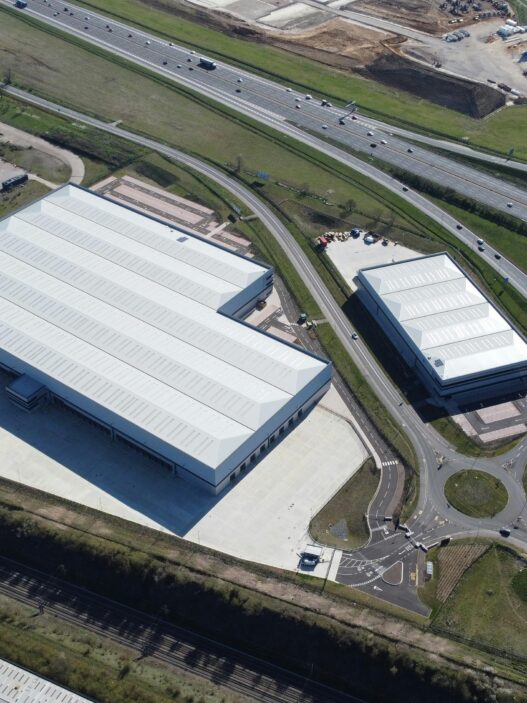Smart Investing for South African Young Professionals
For South Africans aged 30 to 55, building wealth as young professionals is a critical step toward financial independence. Balancing career growth, family needs, and long-term goals like retirement or education funding requires strategic planning. South Africa’s economic environment—5.2% inflation and an 8.25% repo rate in 2025—demands careful investment choices. Comprehensive quality diversification is key, encompassing not only traditional assets like equities, bonds, and property but also private markets, such as private equity and venture capital, and alternative investments, like hedge funds, commodities, or infrastructure funds. These asset classes can enhance returns and hedge against local currency volatility and economic uncertainty, though they often involve higher fees or illiquidity. Global trends, such as low-cost digital platforms, passive investing, and technology-driven analytics, offer opportunities to grow wealth efficiently. This article outlines tailored strategies to help you navigate these trends and secure your financial future.
1. Diversify Across Asset Classes for Balanced Growth
Why diversify your investments? Spreading capital across equities, bonds, and property reduces risk by cushioning against market volatility. South African equities, like those in the JSE All Share Index, offer growth potential but face risks from rand fluctuations and global commodity cycles. Bonds, such as government or corporate options, provide stability with yields often above inflation. Real estate investment trusts (REITs), deliver property exposure with dividends of 6–8%.
Globally, passive funds tracking indices like the MSCI World are gaining traction due to lower fees (often below 0.5%) compared to active funds (1.5–2%). For young professionals, a portfolio with 60–70% equities, 20–30% bonds, and 10–15% REITs balances growth and stability. What’s your risk tolerance, and does your investment horizon support a growth-oriented strategy?
2. Maximize Tax-Advantaged Accounts
South Africa’s tax-efficient vehicles can supercharge your returns. Retirement annuities (RAs) allow tax-deductible contributions up to 27.5% of taxable income (capped at R350,000 annually), with tax-free growth. Tax-free savings accounts (TFSAs) permit R36,000 annual contributions (R500,000 lifetime limit), with all growth and withdrawals tax-free. These accounts reduce tax leakage, critical in a high-tax environment.
Globally, low-cost platforms enable small investments to access premium funds. In South Africa, investment platforms offer TFSAs and RAs with minimal entry points, allowing you to invest R500 monthly in a TFSA tracking the JSE Top 40 or S&P 500. Over 20 years, this could grow significantly through compounding. How much can you allocate to these accounts annually to optimize tax benefits?
3. Adopt Low-Cost Digital Platforms
The global rise of digital investing platforms has made wealth-building more accessible. By cutting out intermediaries, these platforms reduce fees, often by 0.5–0.6%, compared to traditional funds. In South Africa, www.alta-x.com, EasyEquities and SatrixNOW offer fractional shares and ETFs with fees as low as 0.25%, enabling investments in global firms like Microsoft or local ones like MTN with just R10.
With 90% mobile penetration in South Africa, digital apps and robo-advisors simplify portfolio management by tailoring investments to your risk profile. Platforms like 22Seven also provide holistic financial tracking. Are you leveraging a digital platform that fits your budget, or could exploring these tools streamline your investing?
4. Invest in Financial Education
Knowledge is your greatest asset. Globally, AI-driven platforms enhance investment decisions with real-time analytics and risk management. In South Africa, understanding market cycles and asset allocation is vital amid currency volatility and economic uncertainty. Passive funds, like the Satrix MSCI World ETF, offer low-cost exposure to global markets, hedging against rand weakness.
Engage with free resources like www.ffreedom.co.za , or online webinars to stay informed. Review your portfolio annually or after major life events to ensure alignment with your goals. Are you aware of trends like ESG (environmental, social, governance) investing, and do they align with your values?
5. Prioritize Long-Term Discipline
Your 10–35-year horizon allows you to weather market fluctuations. Automate monthly contributions to TFSAs or RAs to harness compound interest. For instance, R1,000 monthly at an 8% return could grow to R1.48 million in 30 years. Global investors increasingly favour diversified, low-cost portfolios over speculative assets like cryptocurrencies without clear strategies.
South Africa’s 31.4% unemployment rate underscores the need for an emergency fund covering 3–6 months’ expenses before aggressive investing. How are you balancing immediate financial needs with long-term wealth creation?
Getting Started
Assess your goals—retirement, property, or education—and consult a professional financial planner. Platforms like www.alta-x.com , EasyEquities, SatrixNOW, or Sygnia offer affordable entry points, while global trends highlight passive funds and digital tools. Diversify wisely, stay informed, and invest consistently to build lasting wealth.

















